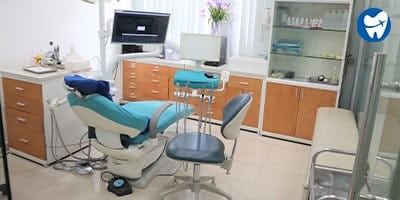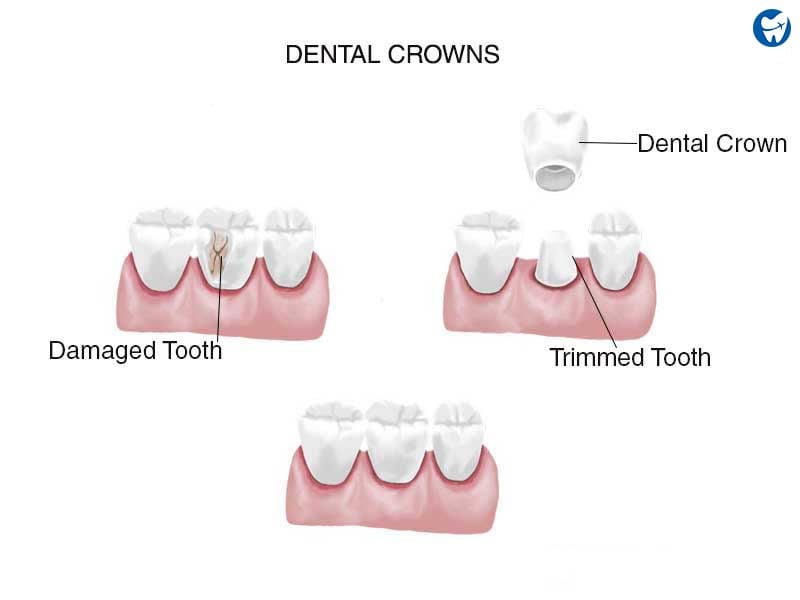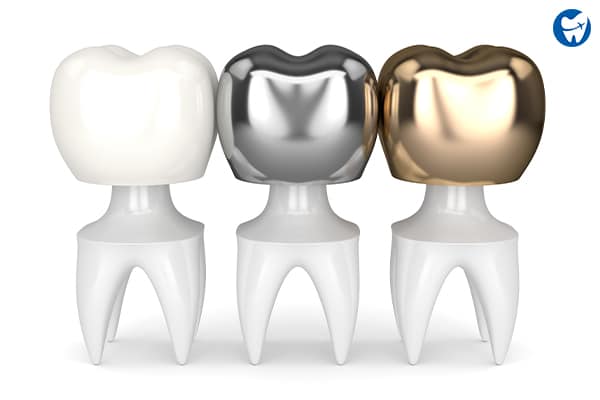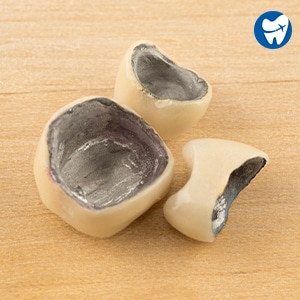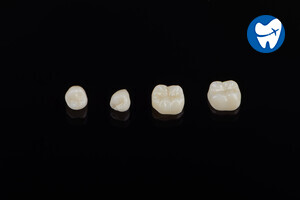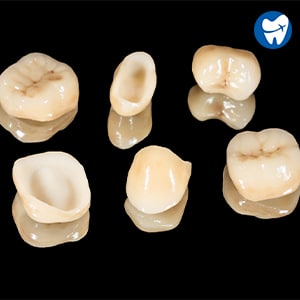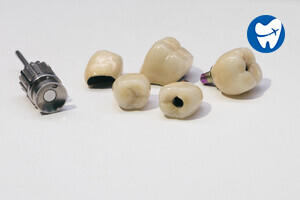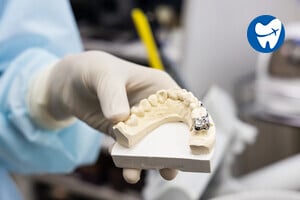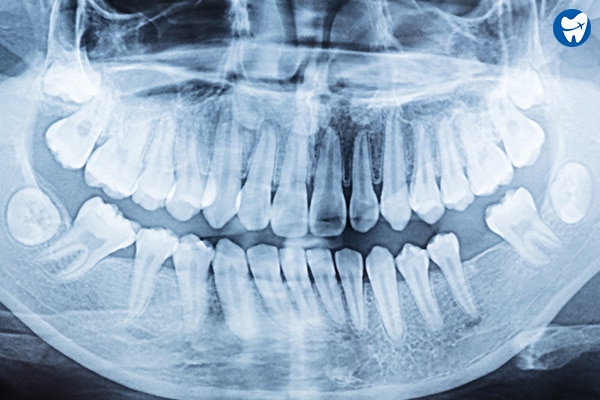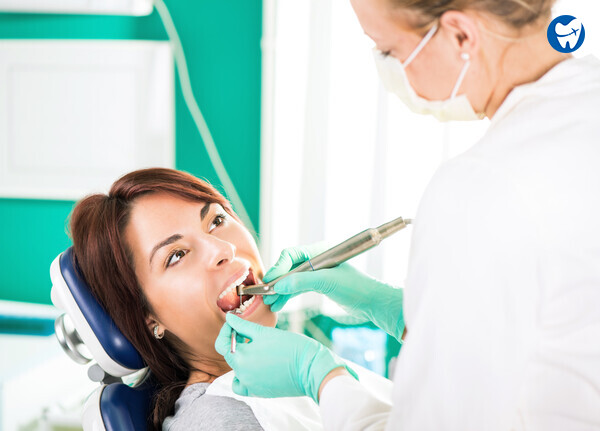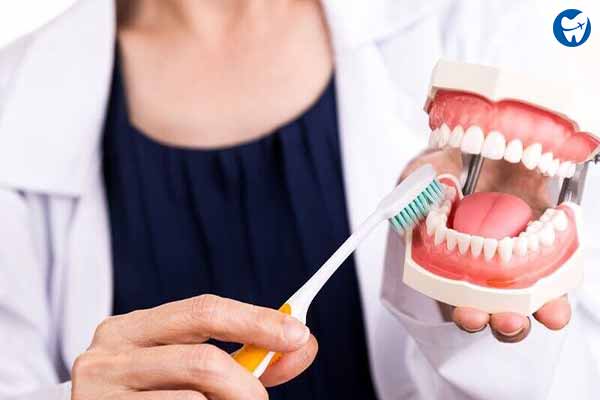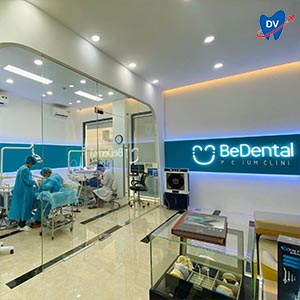Consider receiving dental crowns in Hanoi, if the high costs in your home country concern you. Hanoi is one of the world’s most ancient capitals, so in between your appointments, you could explore the city. [1]
Video Courtesy: Top 10 Channel
Hanoi is an interesting place to visit as it has something for every age group.
Expect dental quality work at the most affordable prices as well as a fun-filled holiday!
Cost of Dental Crowns in Hanoi
The cost of dental crowns in Hanoi is at a fraction of the cost in the USA.
The table below shows how cheap dental crowns in Hanoi are, as compared to the USA or Australia.
Dental Crowns Avg. Cost Comparison (USD)
| Crown | USA | Australia | Hanoi |
|---|---|---|---|
| Full Porcelain Crowns | $1,900 | $1,650 | $260 |
| Porcelain E-Max Crown for Implants | $2,000 | $1,750 | $300 |
| Porcelain Fused to Metal (PFM) Crowns | $1,050 | $900 | $110 |
| Ceramic Crowns | $1,700 | $1,100 | $260 |
| Zirconium Crowns | $1,750 | $1,450 | $200 |
*Prices are case-dependent.
Dental Crown Brands
The above table uses the USA and Australia as an example.
You can see a saving of 70% to 80% on the cost of dental crowns in Hanoi as compared to that back home.
Yes! 70% savings on dental work! Hurry up!
Grab the dealWhy Dental Crowns in Hanoi?
Low Cost
- As compared to the costs of dental crowns in developed countries, the prices here are way cheaper.
- Hanoi emerges to be a cost-saving option even after considering travel, accommodation, food, and other expenses. [2]
Quality Dental Treatment
- The Overseas Security Advisory Council (OSAC) finds several private dental clinics in Hanoi to provide quality dental care at prices cheaper than in the USA. [3]
Rapid Treatment
- Dental clinics in Hanoi that cater to international tourists have their own dental labs. Therefore, it takes less than a week to fabricate a crown.
Safe Travel
- Vietnam’s political stability makes it a safe environment to drive tourists from all over the world. [4]
Popularity for Dental Tourism
- Hanoi is rapidly gaining popularity as a destination for dental tourism. In recent years, approximately 100,000 dental tourists have traveled here for different kinds of dental work. [5]
Language No Bar
- English is moderately understood and spoken by those working in the medical and dental tourism industry. Other than English and Vietnamese, French is also spoken in Hanoi. [6]
Top Dental Clinic in Hanoi
Highlights:
- Provides various general and specialist dental services.
- Providing services for more than 13 years.
- All treatments are performed using the latest technologies like:
- Nomad Pro 2,
- Belmont Phot-X II Intra_Oral X-Ray
- Picasso Lite Plus
- X-Smart™ Plus.
- Has a dedicated sterilization nurse.
Certifications:
- ISO 9001:2008
- ICOI (International Congress of Oral Implantologists)
Tired of long dental waiting lists? Don't worry!
Book free consultationReviews
The clinic has received positive feedback for its professionalism and patient-centric approach.
Patient Testimonial
What Is A Dental Crown
A dental crown, commonly called a ‘cap’, is meant to cover a damaged tooth entirely.
It can also be placed on the top of an implant to provide function and resemble a natural tooth.
Dental Crowns
Your dentist may recommend a crown to:
- Replace a large filling in a tooth when not enough tooth structure is left
- Protect a weak tooth from getting fractured and breaking
- Restore a fractured tooth
- Cover a dental implant
- Cover a discolored tooth
- Cap a root canal treated tooth
Materials for Dental Crowns
Dental crowns are typically made from metal alloys using Gold or Silver.
Other common materials are Porcelain-fused-to-metal, All porcelain, Ceramic, and Zirconium.
Crowns made from resin-based materials are not common. [7]
In brief:
- Porcelain or ceramic crowns: Resembles natural tooth; Used in anterior teeth.
- Gold alloys or base metal alloys: Stronger than porcelain; Used in the posterior region to bear the forces of chewing.
Materials for Dental Crowns
You and your dentist have a wide variety of materials to choose from to fabricate a crown. However, the right selection depends largely on various factors, such as:
- Location in the mouth
- Esthetic requirement
- Patient desires
- Chewing load
- Affordability
A brief description of each type of material used in the crown-making is described below:
As the name suggests porcelain is fused to metal, such as gold alloy.
On top of the metal layer, porcelain is applied in layers.
PFM crowns are also called bonded crowns since porcelain coating is bonded to a metal base.
These crowns are made fully from porcelain.
These are not as strong as the bonded crowns.
They, however, look natural and are the best fit for anterior teeth.
Ceramic crown is totally metal-free, but it gives the strength of a bonded crown and the appearance of a porcelain crown.
Therefore, it is not limited to the anterior region, but can be used in the posterior region as well.
It is extremely durable and fully biocompatible.
The crowns are translucent, thus mimicking the translucency of your natural teeth.
These are the strongest dental crowns. [8]
Gold has been known as a filling material for many decades.
It is used with other metal alloys to fabricate a crown so that the crown’s strength increases.
This type contains non-noble metals that give strength to the crown.
When preparing the tooth structure for a crown placement with base metal alloy, the least amount of healthy tooth structure needs to be removed.
Comparing Dental Crowns
Study the table below to understand comparison b/w common types of dental crowns. [9]
Comparing Common Dental Crowns
| Ceramic | PFM | Gold alloy | Base metal alloy |
|---|---|---|---|
| Esthetics | |||
| Mimics natural tooth | Mimics natural tooth | Doesn’t look like a natural tooth | Doesn’t look like a natural tooth |
| Resistance to wear | |||
| No, not resistant to wear | Yes, but can wear opposing teeth | Yes, gentle on opposing teeth | Yes, gentle on opposing teeth |
| Resistance to fracture | |||
| Prone to fracture | YES, moderate strength | YES, high strength | YES, high strength |
| Biocompatibility | |||
| No metal allergies | Metal allergy possible | Metal allergy highly rare | Metal allergy possible |
| Durability | |||
| Up to 15 years | Up to 25 years | Can last a lifetime | Up to 20 years |
| Visits to Clinic (sittings required) |
|||
| Minimum two | Minimum two | Minimum two | Minimum two |
For people with metal allergies, zirconia crowns are a better alternative to ceramic crowns.
This is because they have better strength and durability.
Procedure for Crown Placement
Before Crown Placement
- Your dentist will carry out a clinical exam of your tooth on which the crown is to be fitted.
- An X-Ray will be taken to assess the extent of caries/ chipping and whether treatment for the tooth is required.
- If a porcelain/ ceramic crown is to be fitted, then your dentist will choose a shade matching the color of your adjacent teeth.
Dental X ray
During Crown Placement
- A local anesthetic is required to be injected to numb the area before treating the tooth and making room for the crown.
- Once the tooth is trimmed and prepared, your dentist will take an impression of the tooth with paste or putty.
- Based on the impression, crown fabrication is done in the dental lab. Till then, a temporary crown is fitted to protect the prepared tooth.
- The second visit is after 4 days and involves removing the temporary crown and cementing the permanent one.
Crown Placement
After Crown Placement
- The dental crown needs the same care as your natural teeth.
- Brushing and flossing twice a day is enough; flossing will avoid plaque accumulation around the crown.
- Certain habits, such as teeth grinding (known as bruxism) or jaw clenching reduce the life of a crown.
- Hard foods can compromise the bonding between the crown and the prepared tooth structure. Therefore, you need to be careful about eating very hard foods.
Brushing
Travel Tips
- From the Hanoi Noi Bai Airport (HAN), Hanoi Bus Company takes passengers from the airport to the city. Bus no. 7 and 17 connect Noi Bai Airport to the city center.
- It will take one hour and cost you about half a dollar.
- If you do not want to take the bus ride, then taking the taxi becomes most convenient.
- While in the city, you can rent local cycles and bikes, which proves to be cheaper for short journeys.
- Vietnamese Dong is the official currency, but you can carry US dollars as they are widely accepted.
- ATMs are plenty in Hanoi city that issue dong notes. However, most hotels and restaurants here accept credit cards.
- Bun cha is a popular midday meal in Hanoi. It consists of grilled pork in a tangy vinegar-based sauce and vermicelli noodles. [10]
Traditional Vietnamese Cuisine
- Tipping is not usual in Hanoi. However, it is nice to tip people who work in shops or restaurants because they receive very low salaries.
Conclusion
With affordable dental work in Hanoi, tourists experience Vietnam in comfortable weather.
You can get quality dental crowns in Hanoi with just two visits to the clinic.
FAQs
No. At first, when it is new, you may be aware of it. However, within a few days, it should feel fine, and you will not notice it.
It will take two visits to the clinic. In the Australian Dental Clinic, it takes no more than just 4 days for your crown to be ready, once tooth impression is taken at the first visit.
So a trip of less than a week also works.
A local anesthetic is generally required because the instruments used may come very close to the gum tissue.
You may wait for about an hour to eat, but hard food needs to be avoided for a few hours at least.
The best time to visit is during the spring, which is the months of March and April.
Expect cool weather this time. Mid-September to December is also a pleasant time, but Hanoi may get crowded towards the end of the year. [11]



